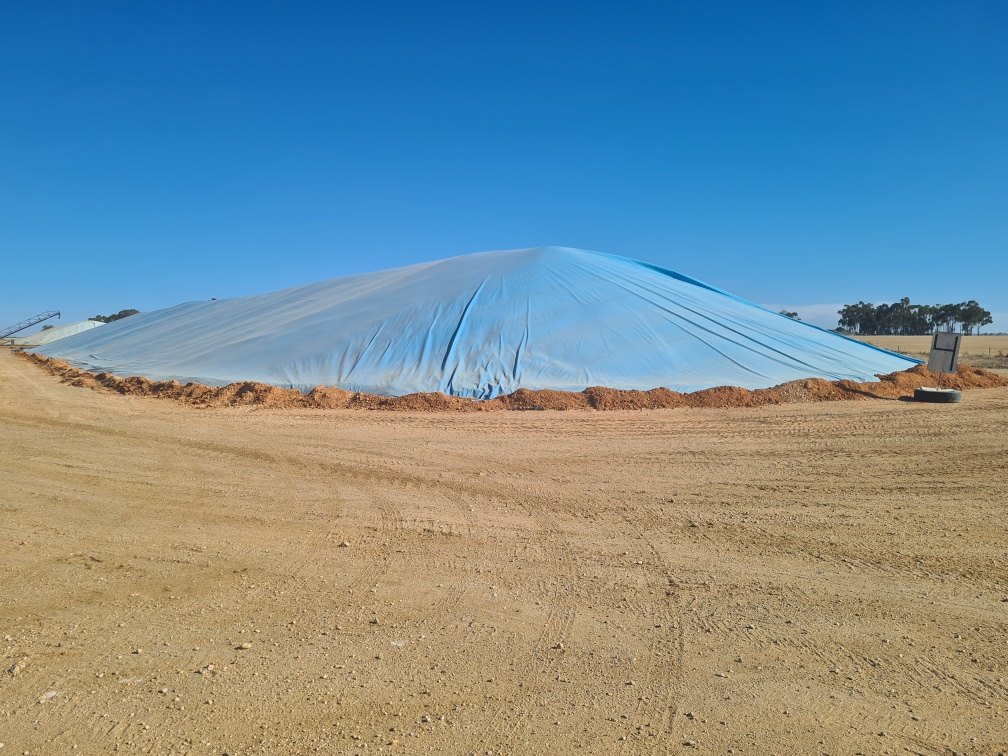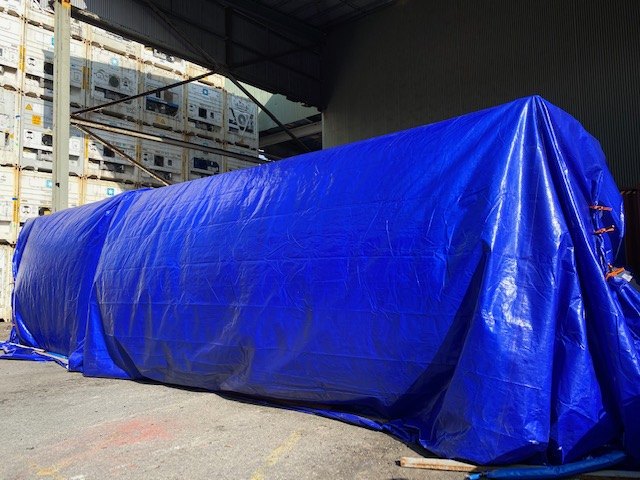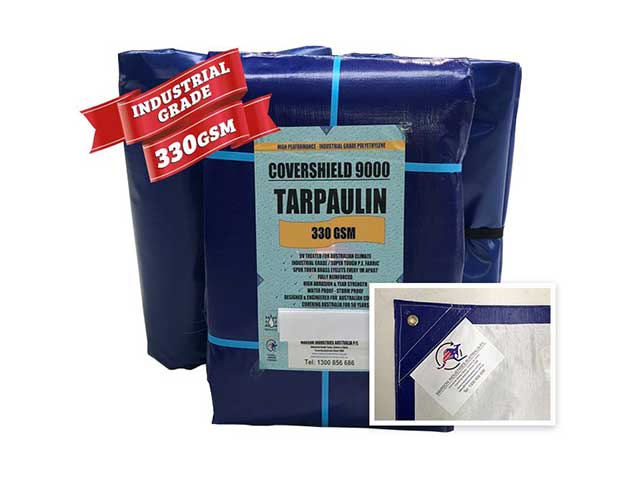Tarps, Covers & Liners. Industrial Textile Fabrication.
Oil is a material that can cause a lot of pollution to the environment, especially to water sources. It is also a material that is important for use in most engines and mechanisms and is thus something that modern day civilization just cannot do without. Oil requires being stored before it is used and this requires retaining the oil in tanks and other such containment structures.
Oil leaks are a common cause of pollution of water sources, and this places additional responsibility on the businesses or industries that need oil to be stored for their various activities. It has led to attention being paid to the way the material is stored and handled. It has further led to the developing of bunded tanks. Similar situations also arise in the case of chemicals being stored in tanks, and the same precautions, if not more need to be taken in their case also.
These containment structures are made of steel or other material that can resist the high pressures caused by oil that acts as a column of a liquid, distributing equal pressure in all directions. For the sake of safety, large oil tanks, more than 200 liters, are provided with a form of secondary containment or bund. When you look at facts about bunded oil tanks, you will find such containment provided by the tank having an integrated structure as a second skin, or separate structure made of other materials, built all around the tank.
When the structure is a separate bund, the volume that can be contained within this bund must be able to hold at least 110 percent of the volume that the tank can hold. There is a reason for this extra stipulation. Oil tank failures can be sudden and structural, and this can create a hydraulic flow and surge that creates waves. The extra capacity helps to take care of this.
Tanks also need to have gauges that measure the content, so that overfilling of the tank is prevented. Exceeding the capacity of the tank can also lead to spills, which the bund can help to contain. Oil tank failures can also be a result of failures of the tank walls from corrosion. A bund acts as a secondary containment system. Tanks that have integrated bunds are those that have a design of a tank within a tank. The inner tank is the one in which the oil is primarily stored. The outer tank acts as a layer of protection to contain any oil that spills from the primary tank.
Where bunds are constructed separately, they can be of other materials like concrete and masonry. These external bunds are spread over larger areas all around the perimeter of the primary tank. They may be of low heights compared to the tank, but the total volume that the spread area can contain has to follow the stipulation of 110 percent of the oil being stored. It is important to ensure that the bund can resist any chemical action, and it is customary to line the oil-retaining surface of these bunds so that they do not deteriorate.
One problem that has to be taken care of while building external bunds that are built in open areas is to ensure that they have proper drainage that will allow any precipitation from rain or snow to be drained off. These drains need to have proper control valves, which can help to retain the oil if it spills, but can be operated to drain out rain water. These types of bunds require constant attention.
The facts about bunded oil tanks that have double walls allow for this attention to drainage not being required. But the construction of the tank of the same material and structural strength as the original can lead to the cost of these installations increasing. These costs are justified when the contents of the tank are valuable, and any spillage or wastage of oil can fully justify the extra cost incurred.
The preventing of oil spills can mean substantial savings in environmental costs, as the bunding of tanks can prevent the huge costs of environmental cleanups. Bunded tanks that are integral will come with long-term warranties that justify the extra expense. Legislations are being put in place which will require all oil tanks to have such bunded construction.
Bunded oil tanks are well designed and cater to a high degree of safety. The double skin of these tanks also can act as deterrence to vandals who may want to sabotage or steal oil from oil tanks. One of the facts about bunded oil tanks that are not well known is that double skin tanks are only considered as bundled, if they can hold a hundred ten percent of the volume of the primary tank. You can have open bunds that allow for the tanks to be easily cleaned when any spillage or overfill takes place. Certain constructions of bunded tanks even allow for the primary tank to be removed from the bund for any maintenance or cleaning operation.
Bunded tanks add greatly to the safety of oil storage installations. Where such bunds are constructed of separate structures, care must be taken to see that the material used can withstand the hydraulic forces caused by any oil spillage. The main objective of the secondary containment is to prevent the oil becoming an environmental hazard.
Share this post




